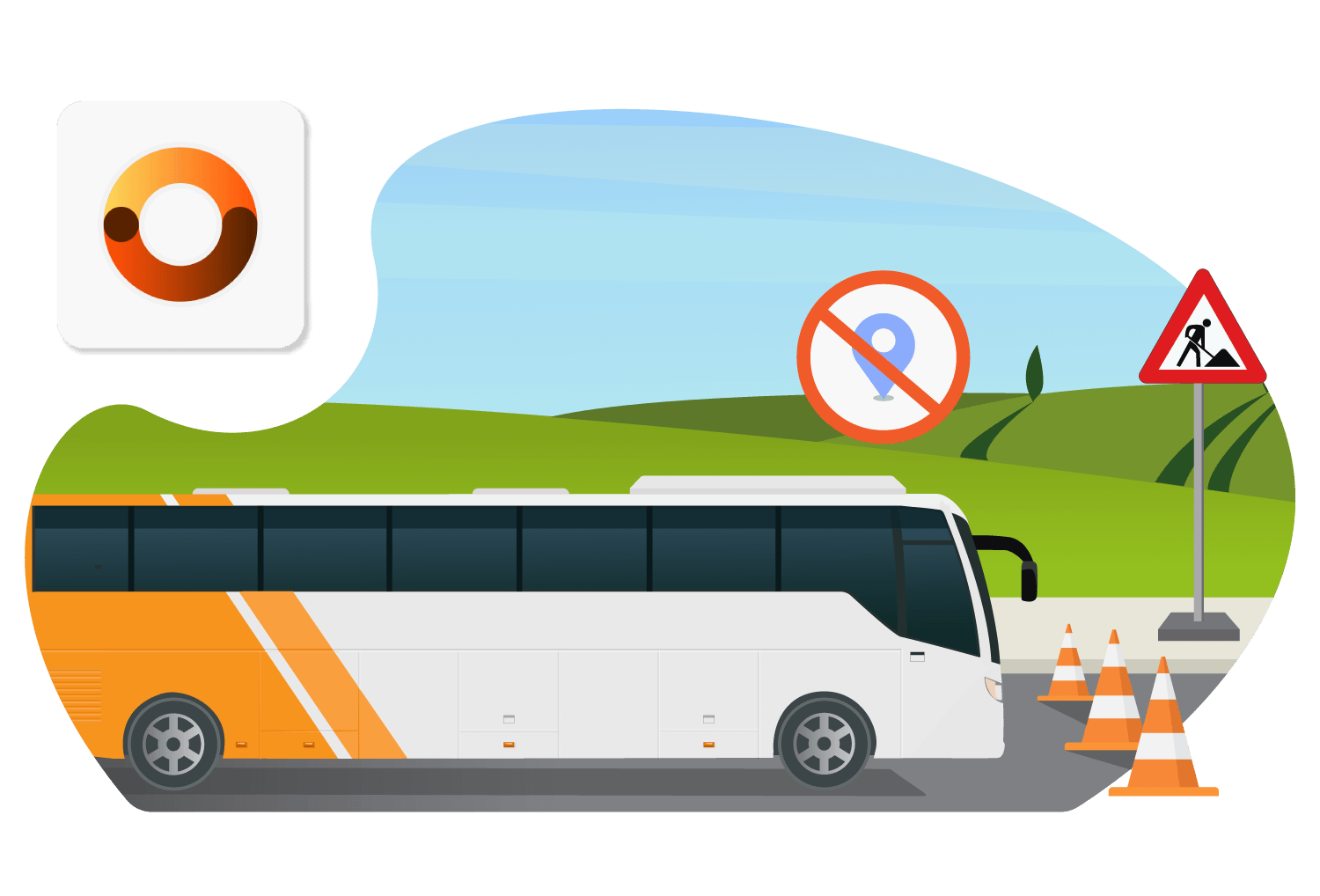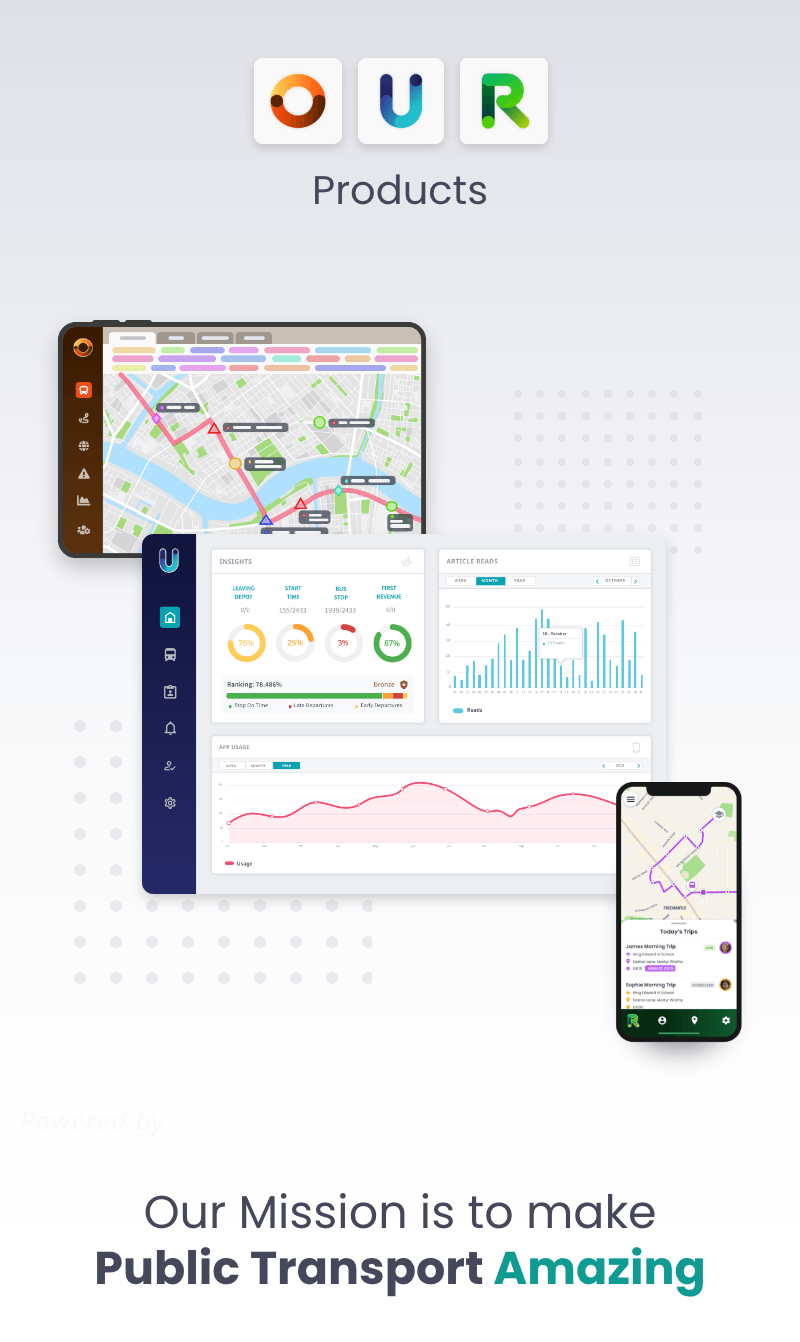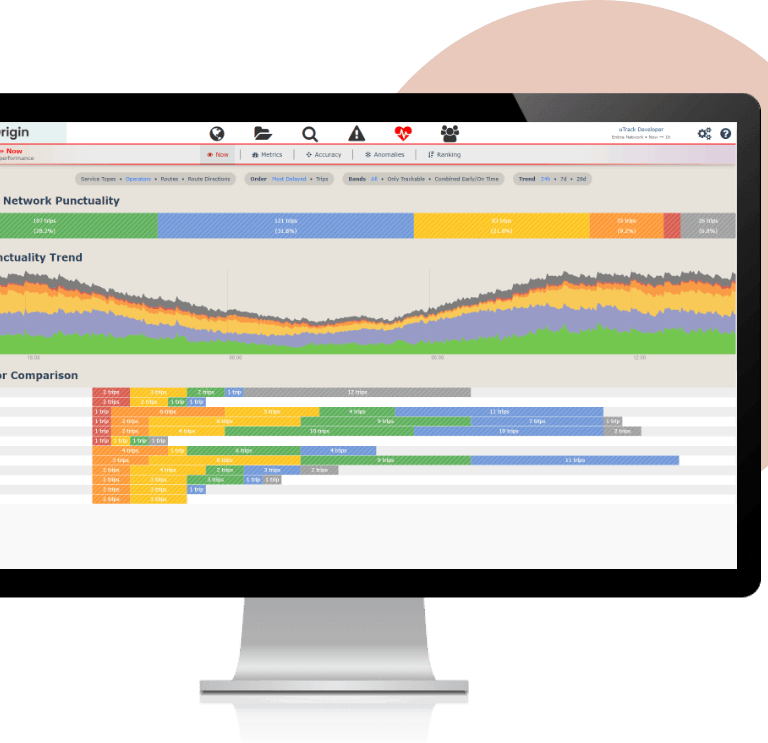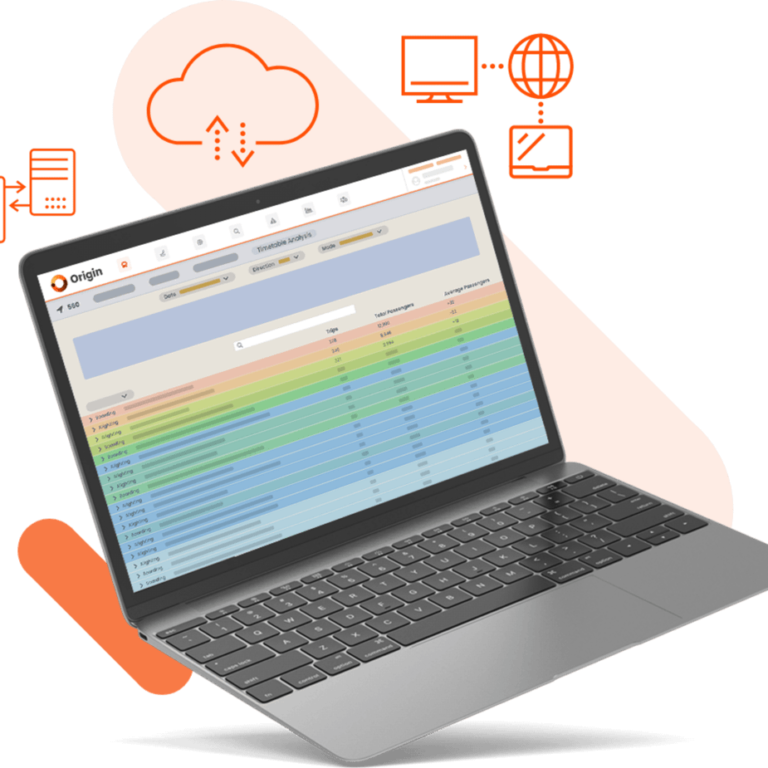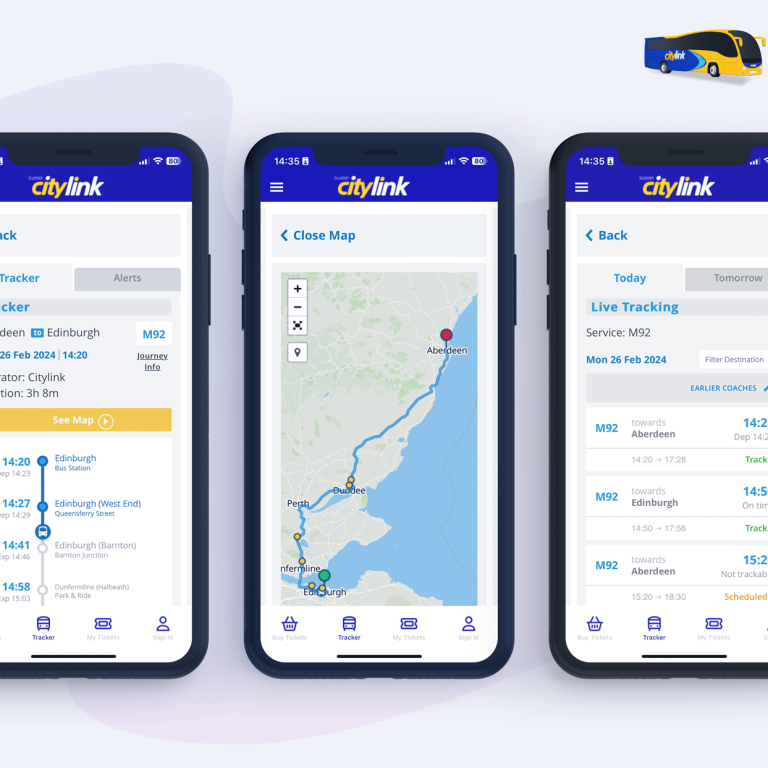Bad communication at the heart of driver safety and management issues for public transport operators.
One of the biggest issues with running a coach transport or public transport business is the dispersed nature of most of the employees. Drivers are on the road and encounter an array of problems that are often not monitored unless the driver themselves speaks up. In this article, we will be looking at how lack of communication with a remote workforce and a lack of information is causing driver inconsistencies and issues with driver safety & management.
Issues with Driver safety
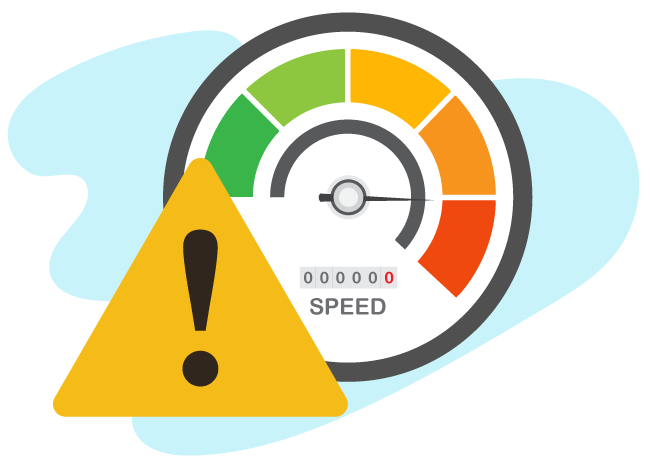
Driver safety metrics not tracked
The only driver information really tracked by operators currently is the start and end times of service. The problem with this is that this only really tracks some driver time metrics and completely ignores valuable insights into other important aspects necessary to provide a safe transport service.
Other important driver metrics that require proper tracking are:
- Stop punctuality metrics
- Speed metrics
- Braking & acceleration metrics
- Performance KPI’s
- Number of incidents involved in
Tracking these aspects means that safer and more consistent drivers can be rewarded and more reckless drivers can be disciplined accordingly. This helps tackle the problem of speeding before it becomes an issue when accidents occur and there are grounds for a lawsuit against the business.
Incident raising is not measured wholistically
Incidents are raised with no structure, meaning that there are not correlating factors so they cannot be dealt with on a holistic level. This makes defining the root cause of a reoccurring incident difficult to track and fix. For example, there could be an issue with a specific vehicle or a delay caused by roadworks on a certain route. However, this could be incorrectly linked to the driver themselves and will affect how they drive, meaning they drive faster and aggressively increasing the chance of accidents or safety problems.
Safety information disjointed
Information such as performance KPI’s, vehicle events, incidents, velocity metrics, service history, speed-related events, passenger volumes and more all sit in different places. This slows down the speed at which this information can be collected and used to make important decisions. Sometimes this data is tracked but never used to actually help keep the business, employees and passengers safe. This is a massive waste of resources & information analysis that is available and could be used to transform the business.
Our driver modelling builds performance KPIs, vehicle events, incidents, velocity metrics, service history, speed-related events, passenger volumes and more provides a centralised solution for managers to better manage your remote workforce.
Issues with driver management

No comprehensive review of overall driver performance
There is a considerable lack of data usage when it comes to tracking individual drivers metrics. This makes it very difficult for managers to be able to review their driver’s performances and reward or fix good and bad driving behaviour.
Ideally, if managers are to improve the consistency of driver performance across the business, they need to have a holistic view that includes the following metrics:
- Stop punctuality metrics
- Speed metrics
- Braking, acceleration and other velocity metrics
- Performance KPI’s
- Number of incidents involved in
Tracking these aspects helps managers driver issues and dramatically improve driver performance across the business. It also gives drivers the opportunity to take more ownership and be held accountable for inconsistent and unsafe performance but at the same time show their value to the business by providing a safe and consistent service. Having this insight helps managers and drivers promote a standard of excellence across the business rather than only discussing performance with drivers when they have received negative feedback, which is often wrongly received due to lack of information.
No accurate management view of remote workforce
An issue with having a remote workforce is that managers cannot closely manage their workforce. This means that communication between manager and driver has to be good in the small windows of opportunities that they get to communicate, otherwise big problems and feedback gets missed. This stunts the efficiency of the service and growth of the business, stopping continual problems with the workforce from being resolved. If this communication could be improved or even information relayed to managers automatically regarding updates from drivers and operations in general then the business could run in a more streamlined manner.
Summary
There are many issues in coach transport and public transport in general that need to be resolved. However, an issue that is continually overlooked is the improvement of support to drivers and operations. Drivers are the face of the business, they should be looked after and given the correct help to do their job better and promote a good customer experience. There is much improvement to be made to make coach transport more popular and it must start with the drivers, it must start on the front line.
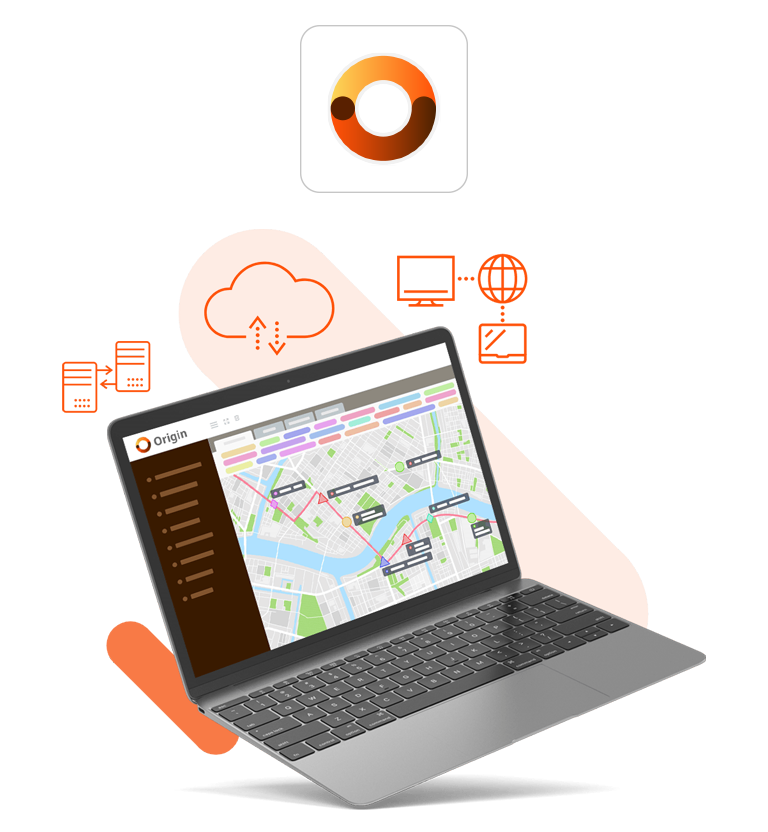
Origin
Making operational excellence the standard across the transport industry.

